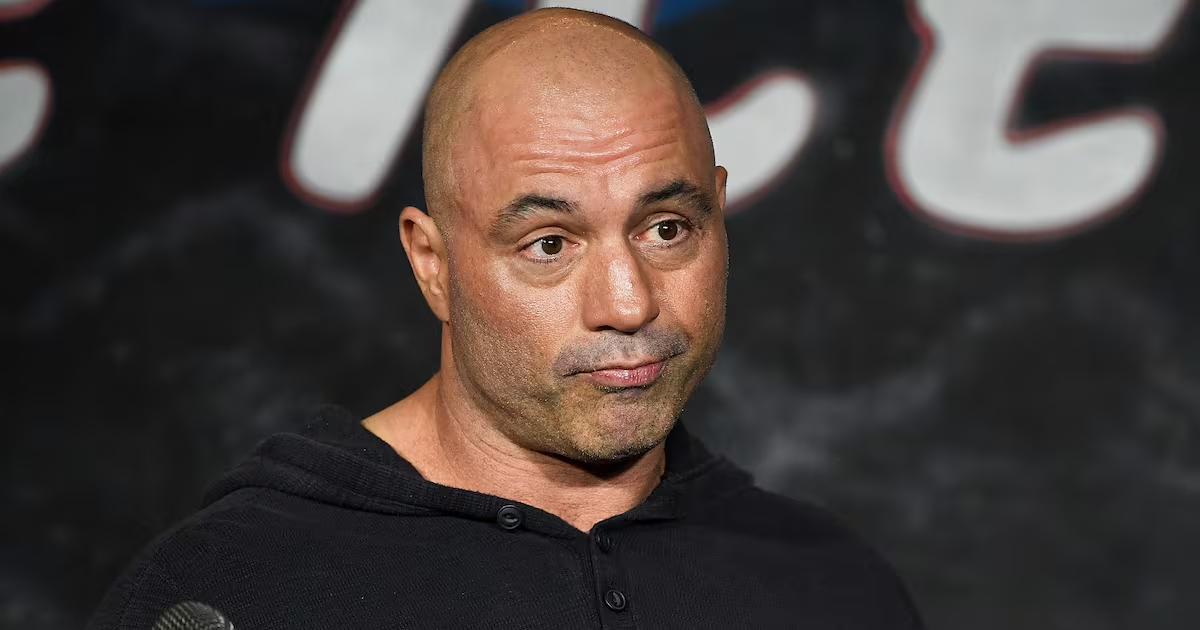Fifty-one percent, 47 percent, then 32 percent: if you want to understand just why we’re going to see another financial crisis—and likely worse than the last—these three numbers are a pretty good start. But to see just why, we have to put them in some context.

In May Knopf released Robert Kaiser’s Act of Congress: How America’s Essential Institution Works, and How It Doesn’t, a blow-by-blow account of the passage of the biggest financial-reform bill since the New Deal. Kaiser is an associate editor and senior correspondent at The Washington Post, and this book is actually pretty optimistic, where his previous one—2010’s So Damn Much Money: The Triumph of Lobbying and the Corrosion of American Government—was quite pessimistic. That book remains the very best account of how money has ruined Congress and should remain required reading for every citizen.
Yet in Kaiser’s new book, money is almost nowhere to be found. Instead he shows Dodd-Frank as a rare and wonderful story of Congress buckling down and doing what everyone understood had to be done: re-regulate Wall Street. And indeed, shortly after the bill was passed, I witnessed Barney Frank, a hero in Kaiser’s account, brag to a group of Democrats that “people don’t realize it, but the banks got nothing in our bill.”
But as I read the book, there was a pretty big elephant standing right in the middle of the room that Kaiser doesn’t tell us much about. The most important architectural feature of Dodd-Frank is that the most important regulations of Dodd-Frank were not actually in the bill. Instead Dodd-Frank punted the guts of its potential reform to a multiyear regulatory process. Almost 400 rules were to be written by regulators (with the generous aid of lobbyists): a process that, five years after the crisis, has not yet come to an end.
It doesn’t take a Ph.D. in game theory to understand what that design was about. By shifting the core of the regulations to a procedure stretched over years and dominated by bank lobbyists, the bankers could minimize the chance that this “change” would actually change anything real—and ensure that public and press attention would drift elsewhere as the new rules were worked out.
And that’s precisely what has happened. According to the latest wonderful monthly report prepared by the law firm Davis Polk, Dodd-Frank demanded that regulators settle almost 400 rules. The deadlines for 279 of those rules have passed, but only 104 have been finalized. Of the 175 others, or 63 percent, that have missed their deadlines, 40 percent don’t even have a proposed rule released for comment. Dodd-Frank was a work in progress when born, and, as these statistics suggest, it has yet to grow up.
Yet delaying reform through endless negotiation was only one of the games Wall Street lobbyists have played. To maintain businesses as usual, Wall Street also needs weak regulators, ideally ones who dream of landing a job on Wall Street. That didn’t seem to be in the cards, as the one great appointment that President Obama made was a Wall Street turncoat, former Goldman Sachs partner Gary Gensler, to head the new body charged with regulating derivatives.
Having seen the corruption up close, and having already made his killing, Gensler was now in the business of killing that corruption. At every turn, he insisted on truly crazy ideas—like transparency about the derivatives traded, or trading on public exchanges. These of course were just the sort of crazy ideas that mainstream economists (even those on the right) had long said competition and efficient markets require. But apparently executives on Wall Street are a bit rusty on their Adam Smith or Milton Friedman. So they fought Gensler as hard as they could.
In the last few weeks, however, there has been good news for Wall Street here, too. Gensler is heading out as the chairman of the Commodity Futures Trading Commission, and slated to replace him is a 30-something-year-old former staffer from Capitol Hill, Amanda Renteria—someone who, as The Huffington Post described it, “has little experience in financial regulation ... Most of her career has been focused on public service except for a few years [after college] when Renteria worked at,” you guessed it, “Goldman Sachs.”
Who knows? Renteria may be another tiger in waiting. But when amateurs charged with regulating complex economic transactions sit across the table from experts, good public policy rarely results.
All that is a prelude to explain the significance of the numbers at the top: 51 percent, 47 percent, and then 32 percent. These are the percentages of Wall Street money that has gone to Democrats in the past three election cycles. (Or actually, the money contributed from the FIRE, or Finance, Insurance, Real Estate sector. For strictly Wall Street, the change is even more dramatic. For example, among hedge-fund managers: 67 percent, 48 percent, 24 percent.)
Translated into prose, the meaning of these numbers is pretty simple: Wall Street is punishing the Democrats for their meager efforts to rein in Wall Street.
And that matters for one obvious reason: given the way we fund elections, no political party in America can survive with Wall Street as its enemy. FIRE is the largest sector contributing to campaigns by far, easily doubling the next-highest single-issue sector, health. So as Democrats scramble to build a strategy to keep the Senate, and possibly win the House, No. 1 on their to-do list is winning back Wall Street’s love. And what—beyond weak or nonexistent Dodd-Frank regulations, or a regulator in chief who has never dealt with a multitranche credit-default swap—would be the most effective way to buy that love?
How about regulating derivatives?
If you’re like most, who know anything about what brought about the financial crisis of 2008, that idea would strike you as simply in-sane. The opaque and complex market of derivatives was the single most important destabilizer leading up to 2008. They would be, as Warren Buffet, had predicted they would be, “financial weapons of mass destruction,” which wiped out an enormous amount of wealth. If anything had to change after 2008, it was the unregulated character of these fWMDs. So the idea that we should now undo the tiny regulations that Dodd-Frank tried to impose is just nuts.
Yet that is precisely what Congress is now doing. In a trio of bills now racing through the United States House, a bipartisan coalition of Republicans and Democrats, led by Connecticut Congressman and former Goldman Sachs partner Jim Himes, is pushing hard to deregulate Wall Street. Because of course, as Wisconsin Democrat Gwen Moore explains, Wall Street regulation is “crippling the economy.” (There’s no indication in the original source about whether the congresswoman kept a straight face when she uttered that nonsense.) And the only way to get the good times back, these deregulators insist, is to license the men with “more money than god” to rape and pillage once again.
Serious souls recognize that deregulation is just insane. But not enough yet see what that insanity tells us. In a single line, its message is this: we have lost the capacity to govern, because no one in our government has the freedom to even question the most powerful funders of political campaigns without facing catastrophic campaign losses. Our government is held hostage by the funders of campaigns. And those funders don’t spend their money to get good public policy. They spend their money to get public policy that pays them.
In January a survey of 10,000 Harvard Business School alumni identified the “effectiveness of [our] political system” as the No. 1 issue accounting for our “falling behind” our competitors internationally.
Maybe now you have a better sense of just why.





